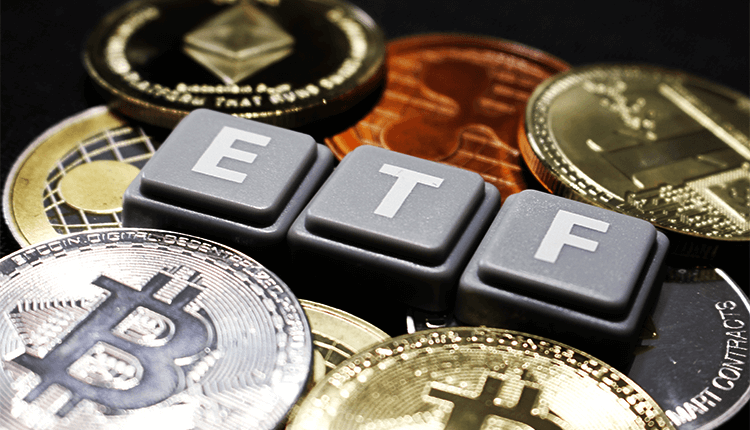
Exchange-Traded Fund (ETF)
An exchange-traded fund (ETF) tracks a sector, index, commodity, or asset but can be bought or sold the same way a regular stock on a stock exchange. It can track anything, including the price of an individual commodity or an extensive and mixed collection of securities. It can even be structured to track detailed investment strategies.
The S&P 500 is a well-known example, tracking the S&P 500 Index. ETFs can include many types of investments, such as stocks, bonds, commodities, or a combination of investment types. An ETF has an associated price to buy and sell it easily.
KEY TAKEAWAYS
- ETF represents a basket of securities trading on an exchange.
- ETF share prices fluctuate during the day as the ETF is bought and sold;
- ETFs can include investments, such as commodities, stocks, or bonds;
An ETF is an exchange-traded fund as it’s traded on an exchange the same way as stocks. Unlike mutual funds, the cost of an ETF’s shares changes during the day as the shares are bought and sold. Mutual funds are not traded on an exchange, available for trading after the markets close once per day. Besides, compared to mutual funds, ETFs appear to be more cost-effective.
An ETF can own more than several thousand stocks in various industries. It can also be isolated to one particular sector or industry.
Varieties of Exchange-Traded Fund
There are different types of ETFs open to investors for income generation, price increases, and speculation. It might also partly offset risk in a portfolio of an investor.
A brief description of several ETFs today:
Bond ETFs
Bond ETFs usually provide regular and steady earnings to investors. The distribution of their income depends on the performance of bonds. They might contain corporate bonds, government bonds, and state and local/municipal bonds.
Stock ETFs
Stock ETFs include a basket of stocks that can track a sector or industry. For example, a stock ETF might track foreign stocks. It aims to deliver diversified exposure to the industry.
Industry ETFs
Industry ETFs focus on a specific industry. The vision of sector ETFs is to gain exposure by tracking the performance of companies operating in the same sector. For example, the technology sector has seen an inflow of funds over the last few years.
Commodity ETFs
Commodity ETFs invest in crude oil or gold. They can provide several benefits, including diversifying a portfolio. Besides, keeping shares in a commodity ETF appears to be more affordable as it does not involve insurance and storage costs.
How to Start Investing in Exchange-Traded Funds
With various platforms available to traders, investing in ETFs is easy.
- Find an investing platform: You can find ETFs on most online investing platforms, apps, and retirement account provider websites offering commission-free trading.
- Research ETFs: Before investing, you should take a good look at the subject.
- Consider creating a trading strategy: You should make a good trading strategy. It will help you to learn more about the nuances. Later you can go with more sophisticated strategies.
How to Buy and Sell ETFs
They trade through traditional broker-dealers and online brokers. You have to search for more information carefully and consider all the advice mentioned in this article. As a beginner investor, it will help you understand ETFs and create your strategy.


